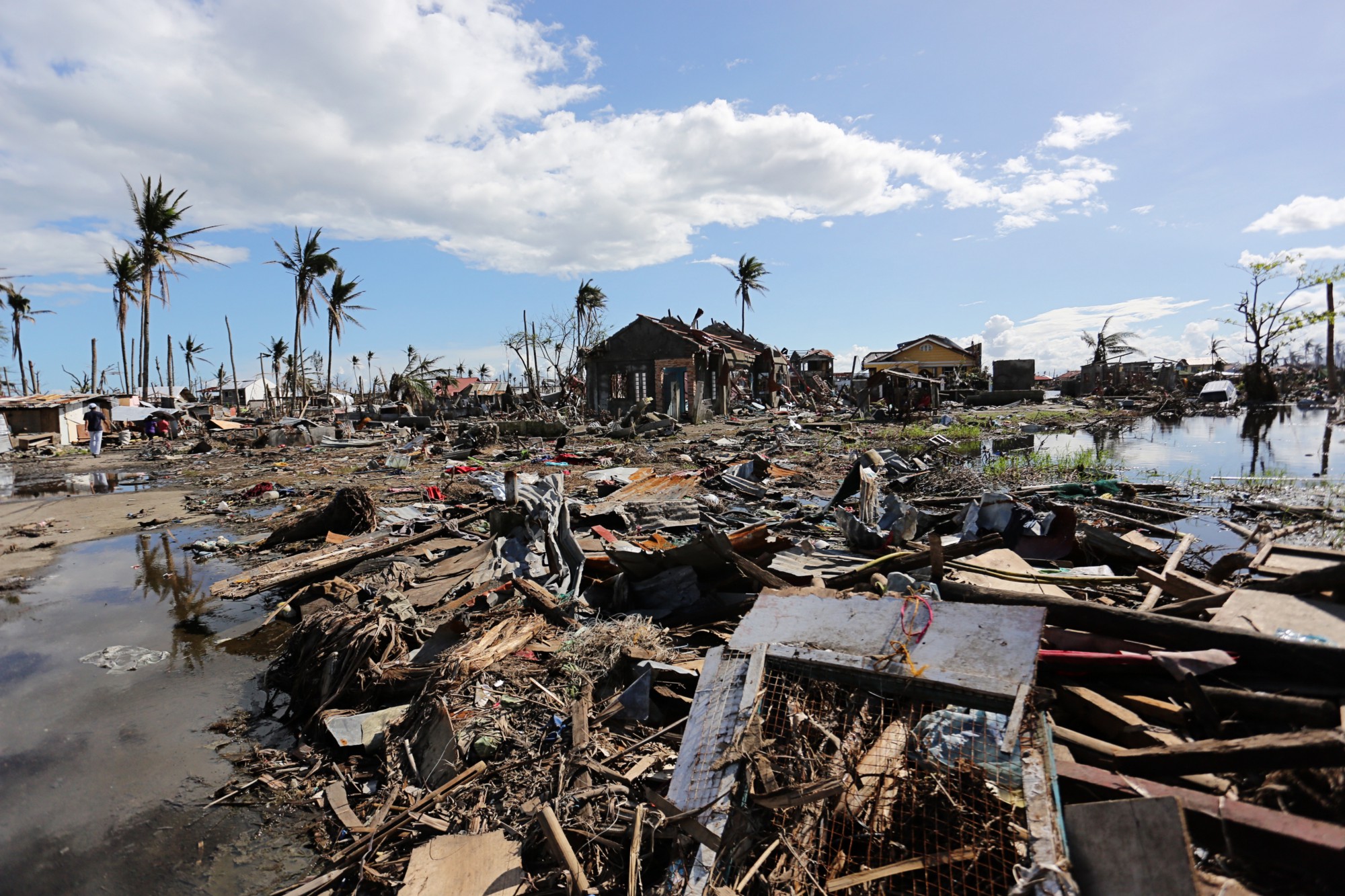DISASTER RISK REDUCTION AND RESPONSE
To assess and implement ways to reduce the impact of a disaster. To inculcate practices and measures as a preventive response to the disasters.
The central aim is to provide a forum for a critical examination for capacity building with a focus on multi-disciplinary training efforts, education and professional development. It deals with all the phases of disaster management.
A – Awareness
WHO defines disaster as “any occurrence that causes damage, ecological disruption, loss of human life, deterioration of health and health services on a scale sufficient to warrant an extraordinary response from outside the affected community area.
Peer education and training Organizing communities through community-based disaster risk education; Disaster response operation as opportunities for improved disaster risk awareness.
- Workshops
- Seminar and Lectures
- Study Tours
- Competition
M – Mitigation
Disaster mitigation measures are those that eliminate or reduce the impacts and risk of hazards through proactive measure taken before an emergency or occurring of adisaster.
- Mitigation – Permanent reduction of the risk of disaster.
- Primary Mitigation – Reducing the presence of the hazard and reducing the vulnerability.
- Secondary Mitigation – Reducing the effects of hazard.
The objective of prevention is to reduce the risk of being affected by a disaster. Even if the hazard cannot be removed, vulnerability can be decreased and in any case of an impact, the capacity to withstand, to respond and to recover will be stronger.
- Training – Skill building
- Structural Assessment/ Structure Modification
- Documentation
- Restoration and Retrofitting
P – Preparedness
Disaster preparedness refers to measure taken to prepare for and reduce the effects of disaster. That is, to predict and where possible, prevent disasters, mitigating their impact on vulnerable population and be able to effectively cope with the consequences.
To know the main areas of risk and to take steps to minimize the risk or detect any problems as early as possible; to ensure that the staff are trained and prepared to play a positive role in preventing the disasters.
- Architecture Design Studio Research
- Design Manuals
- Design Implementation Strategy
- Prototypes
- Architecture Design Thesis Project and Dissertation
R – Response
Aggregate of decisions and measures taken to contain or mitigate the effects of a disastrous event to prevent any further loss of life and/or property, restore order in its immediate aftermath, and re-establish normality through reconstruction and rehabilitation, shortly thereafter.
To ensure the survival of maximum victims; to protect and assist the civilian population; to work towards self-reliance and sustainability of livelihood.
- Re-Building The Structure
- Rehabilitation
- Regeneration of Livelihood
- Restoration and Retrofitting

